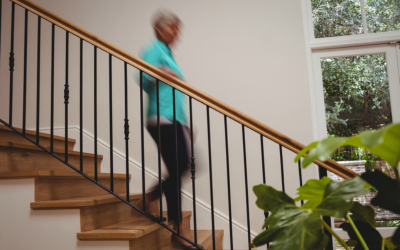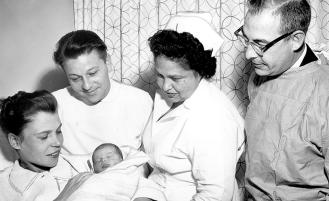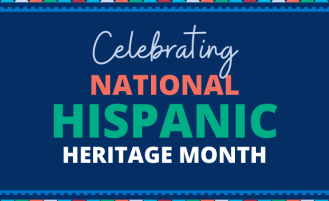Create a Safer Home: 8 Simple Modifications to Prevent Falls
Did you know that up to 75% of falls happen right at home? While your home should be a place of comfort, it's crucial to recognize potential hazards that could lead to a fall. The good news is that with a few simple modifications, you can make your home a safer environment. Let’s walk through some practical tips to keep your living space fall-proof.

- Brighten Up Your Space – Make sure all stairways, halls and walkways are well-lit. Aim for at least 60–70 watt bulbs in every room. Don’t forget to place lamps and light switches within easy reach, so you’re never fumbling in the dark.
- Secure Your Steps and Stairways – Install handrails on both sides of any steps or stairways. Ensure carpets are tightly secured, and stairs are clutter-free. Consider adding visual cues, like brightly colored tape, to the edges of steps to make them more visible.
- Make Your Bathroom Slip-Free – A nonskid rug at the shower or tub edge is a must. Install grab bars in the shower and next to the toilet for extra stability. These small changes can prevent a big fall.
- Step Up Your Shoe Game – Opt for low-heeled, non-skid, lightweight shoes that offer good support and are firmly fastened. Your shoes should help you stay steady on your feet, not put you at risk.
- Arrange Your Living Room for Safety – Arrange your furniture so it’s easy to get in and out of—knee-height or higher is ideal. Keep a phone on a low table within reach of the floor, and create clear walking spaces free of tripping hazards.
- Keep Your Kitchen Clutter-Free – Store frequently used items within comfortable reach. Never climb on chairs to reach high shelves; use a step-stool with a handlebar for stability instead.
- Tidy Up Your Outdoor Spaces – Keep outdoor stairs and walkways well-lit and free of cracks or breaks. Install handrails on both sides of stairs, and be mindful of uneven ground, stones, branches, and even garden tools or hoses. Always factor in the weather—wet or icy walkways can be especially slippery.
-
Clear Your Floors and Walkways – Arrange your furniture to create wide, clear paths for walking. Keep walkways free of cords, clutter, and other obstacles that could trip you up. Make sure all rugs are secured with double-stick tape or tacks, or consider removing them altogether to reduce the risk of tripping. Hardwood floors, while beautiful, can pose a higher risk for fractures in the event of a fall. Consider adding carpets for extra cushioning. Use non-slip or non-skid floor wax—or skip it entirely to keep floors safe. Finally, don’t procrastinate when it comes to spills or dropped objects—clean them up right away to avoid any slips or trips.
Taking a little time to modify your home can make a big difference in preventing falls. By addressing these common hazards, you can enjoy a safer, more comfortable living environment. Remember, it’s the small changes that add up to big improvements in your home’s safety.
Don't let falls get you down as you age. After addressing potential home hazards, consider these options to further reduce your fall risk:
- Improve your balance with our FREE Seated Yoga for Balance class with live virtual instruction via Zoom.
- Physical therapy can also be a viable option if you are experiencing weakness, instability or struggle to be active and independent. Therapists evaluate patients with a variety of tests and provide appropriate individualized programs and guidance. Overlake Rehabilitation Services physical therapists can evaluate and establish individualized balance programs to help you prevent falls.








